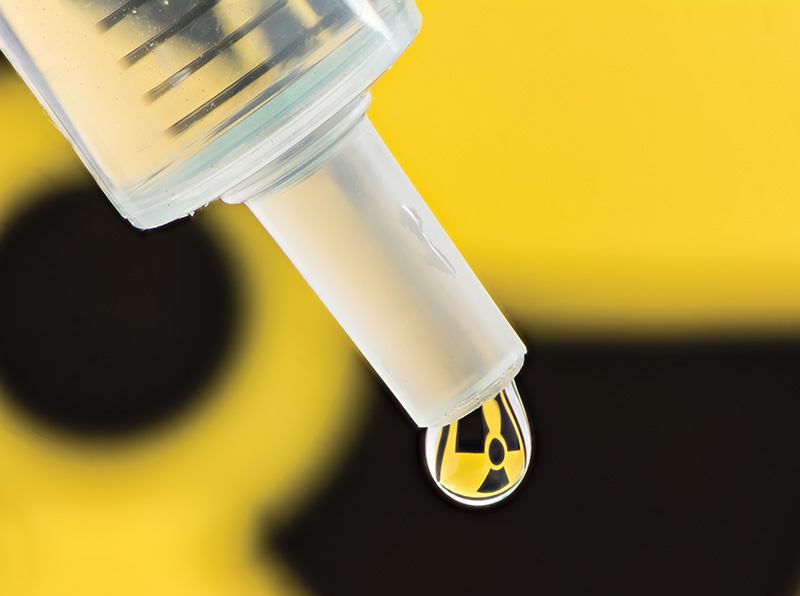Occupational exposure: Uranium mining and milling workers
Workers involved in the mining and milling of uranium ores are occupationally exposed to ionising radiation. Current industry exposures are low; regulations and required controls minimise the risk to health.
New dose coefficients for radon progeny: Impact on workers and the public
This Advisory Note provides guidance to those occupationally exposed to radon.

New resource to protect outdoor workers
In Australia, skin cancer accounts for around 80% of all newly diagnosed cancers each year and UV radiation from the sun is one of the leading causes of skin cancer. With high UV radiation year-round in many parts of Australia, people who regularly work outside face a higher risk of developing cancer from sun exposure.

Radon
Radon is a naturally occurring radioactive gas, which has no smell, colour or taste. It comes from the radioactive decay of radium, which is present in small amounts in rocks and soil.
Information for industry
Information for industries that work with radiation and contribute dose information to the ANRDR.
Australian National Radiation Dose Register privacy statement
This statement outlines the type of information that is disclosed to the Australian National Radiation Dose Register (ANRDR), why it is required, and how the information is used.

The Australian National Radiation Dose Register
The Australian National Radiation Dose Register (ANRDR) records and stores radiation doses received by individuals in the course of their employment.
Statement on new radon dose coefficients: implications for worker dose assessments
A statement from the Radiation Health Committee on new radon dose coefficients.


